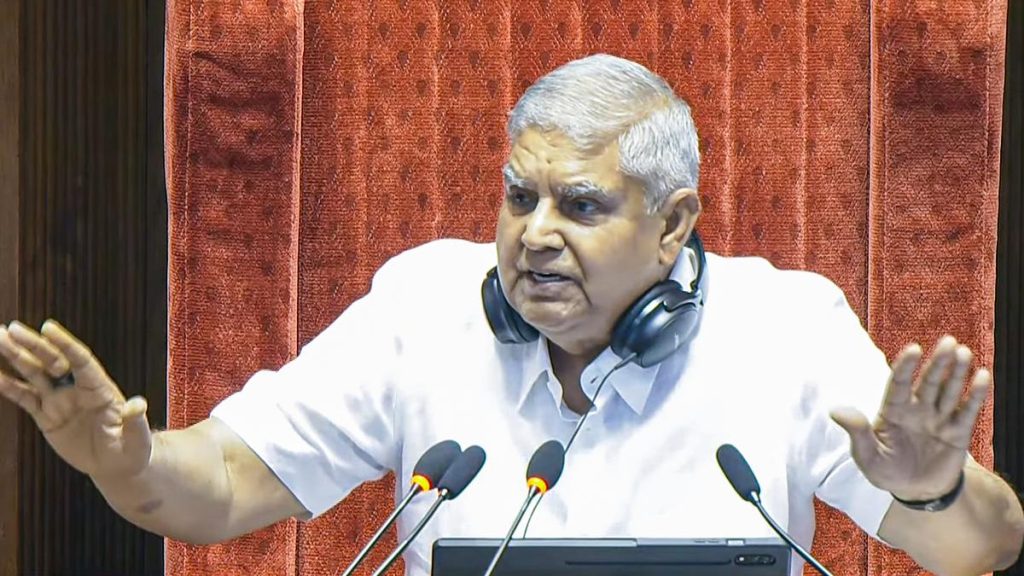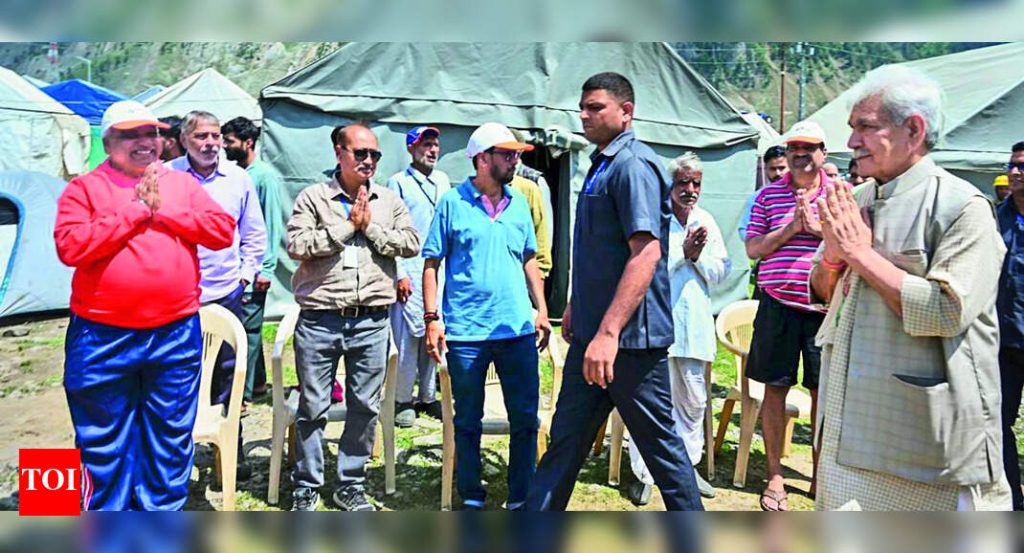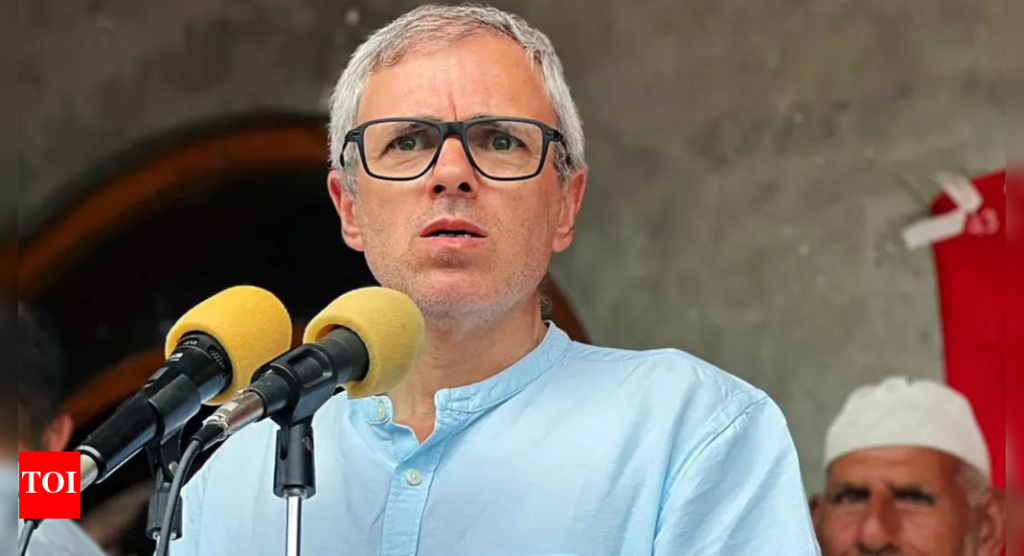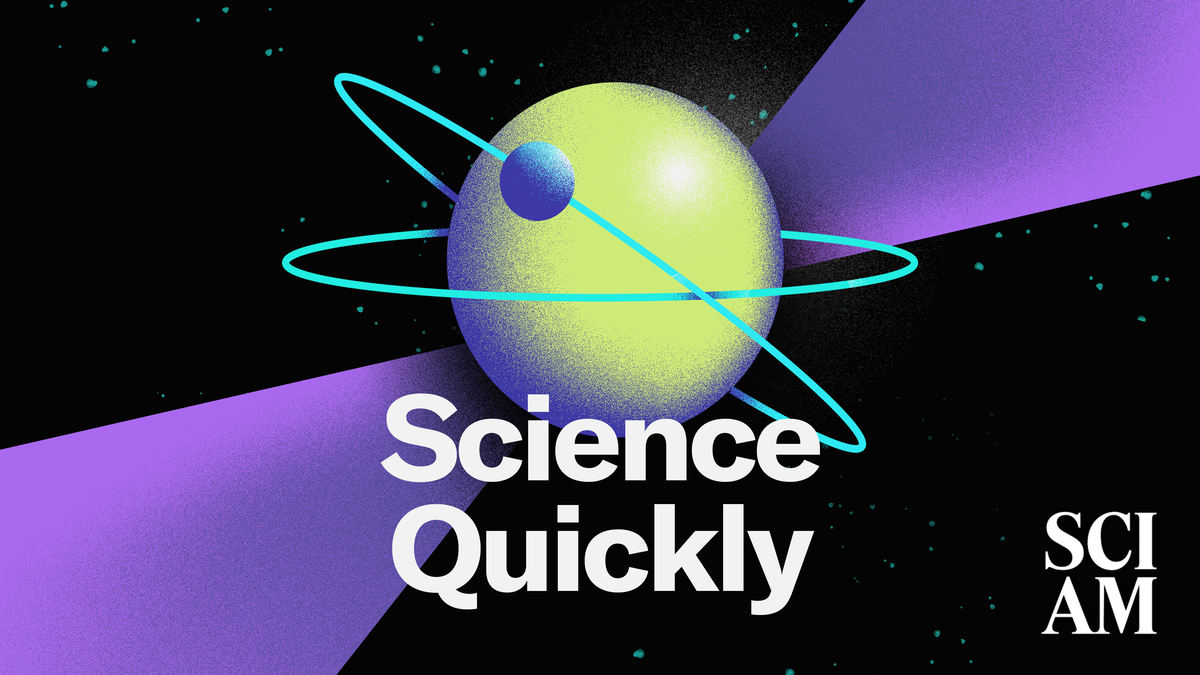Now Reading: First Denisovan Skull Offers New Insights Into Ancient Human Cousins
-
01
First Denisovan Skull Offers New Insights Into Ancient Human Cousins
First Denisovan Skull Offers New Insights Into Ancient Human Cousins

Rapid Summary
- Denisovan Skull Discovery: Researchers identify a near-complete cranium found near Harbin, China, as belonging to the extinct Denisovan archaic human group.
- Age of Fossil: The skull is at least 146,000 years old and ends speculation about Denisovans’ appearance as their DNA was first identified in 2010.
- Morphology Insights: Features include a prominent brow ridge and brain size comparable to modern humans and Neanderthals.
- Scientific Techniques Used:
– Ancient protein analysis from the petrous bone linked the fossil’s proteins to Denisovans from Siberia,Tibet,and Taiwan.- Calcified dental plaque revealed mitochondrial DNA closely related to early Denisovans – marking a breakthrough in extracting host DNA from Palaeolithic fossils.
- Research importance: Having a near-complete skull allows scientists to better understand cranial morphology and could help identify other Denisovan specimens without reliance on ancient DNA alone.
Images:
!craniumvirtual_reconstruction.gif”>Virtual Reconstruction
Caption: A virtual reconstruction of the fossil cranium found near Harbin, China.
Indian Opinion Analysis
The identification of a near-complete Denisovan cranium represents an meaningful milestone for paleoanthropology globally. For India specifically, this discovery adds depth to research on archaic human migrations across Asia. Evidence from ancient proteins linking this specimen with others in Tibet and Taiwan underscores how interconnected prehistoric populations might have been throughout East Asia – areas geographically close enough for Indians studying early human history to draw important parallels.
Moreover, advancements such as recovering host mitochondrial DNA from calcified dental plaque signal promising avenues for Indian archaeologists exploring subcontinental fossils where environmental challenges make traditional genetic extraction tough. This discovery highlights molecular techniques that can expand access to otherwise inaccessible data about prehistoric populations.
India remains uniquely positioned with its rich archaeological history spanning millennia; such developments overseas can enhance local research methodologies while potentially complementing ongoing studies in human evolution across neighboring regions.




























